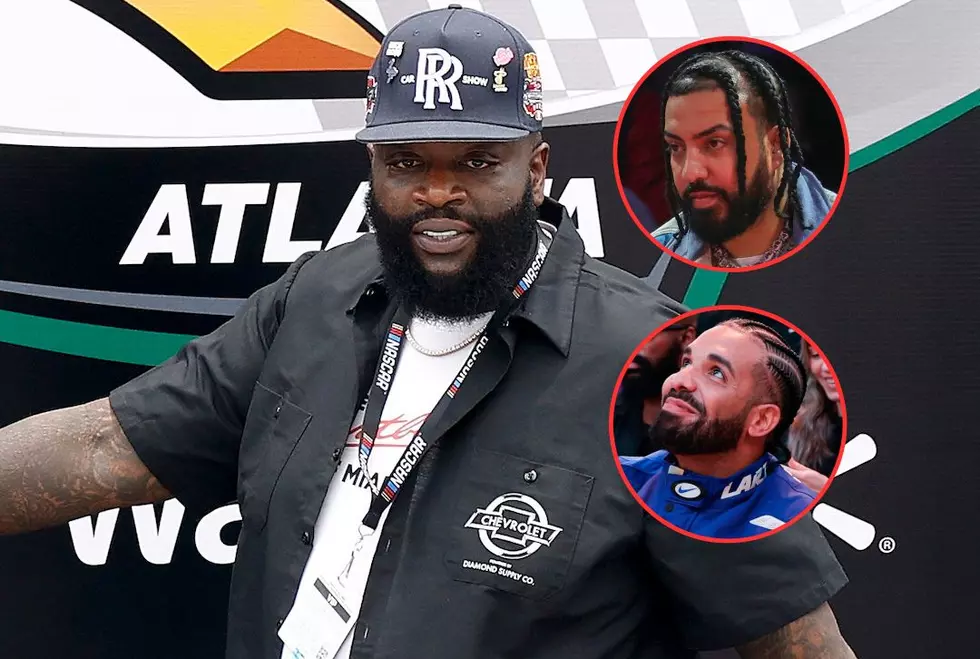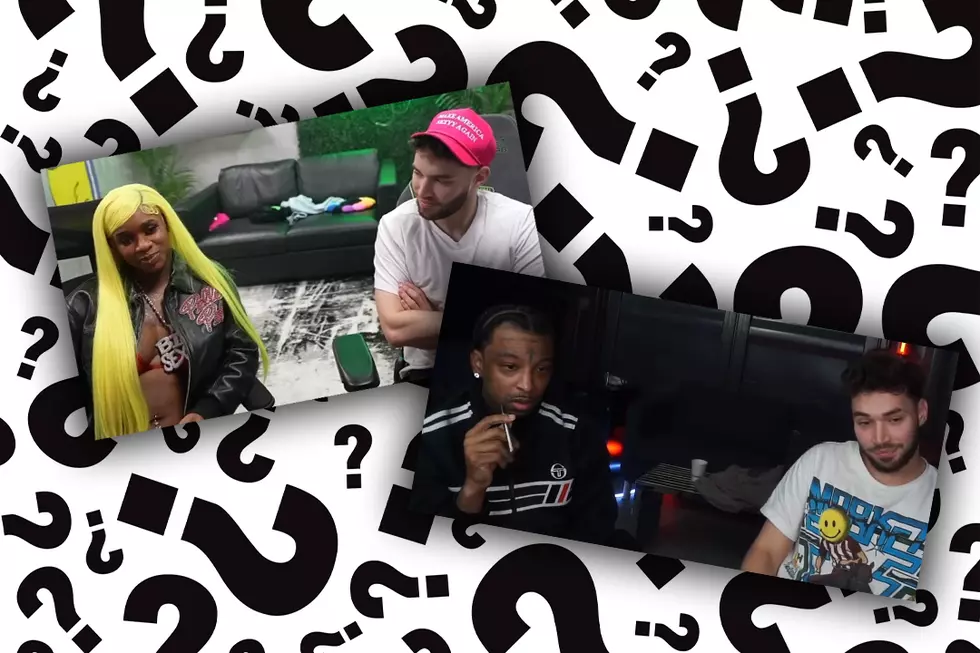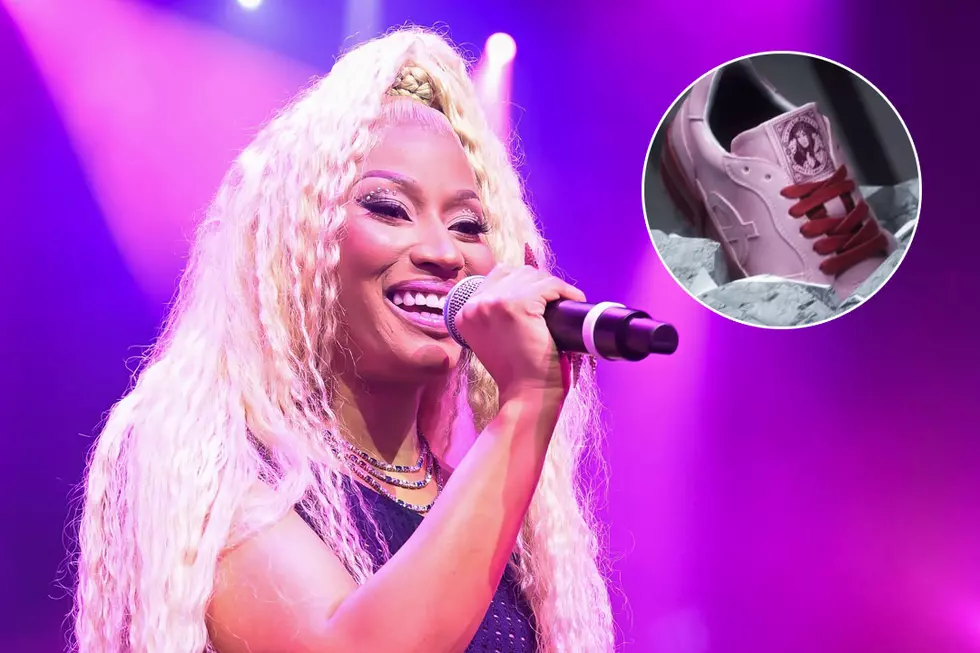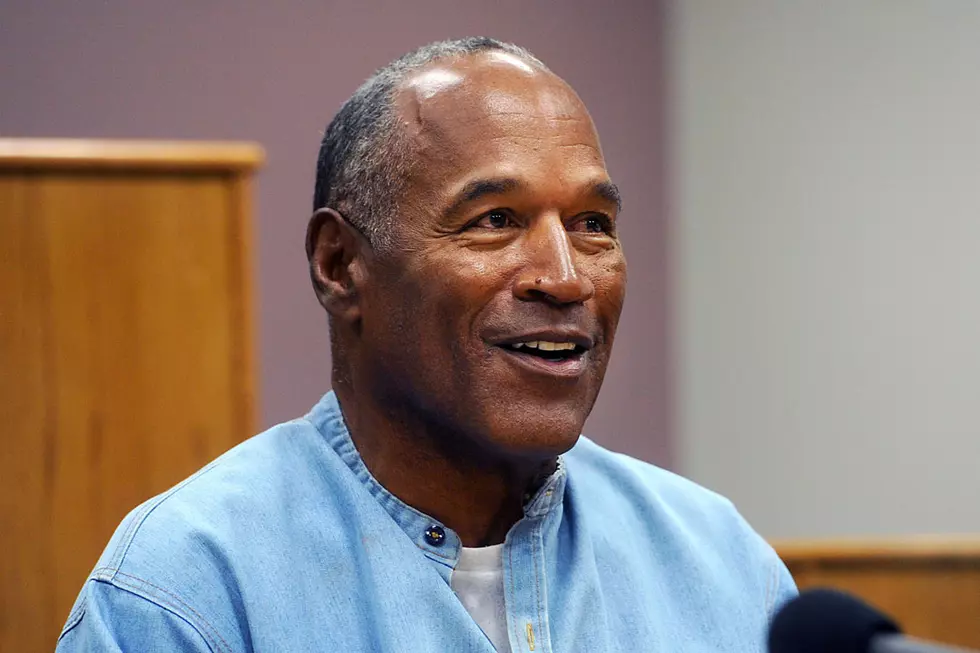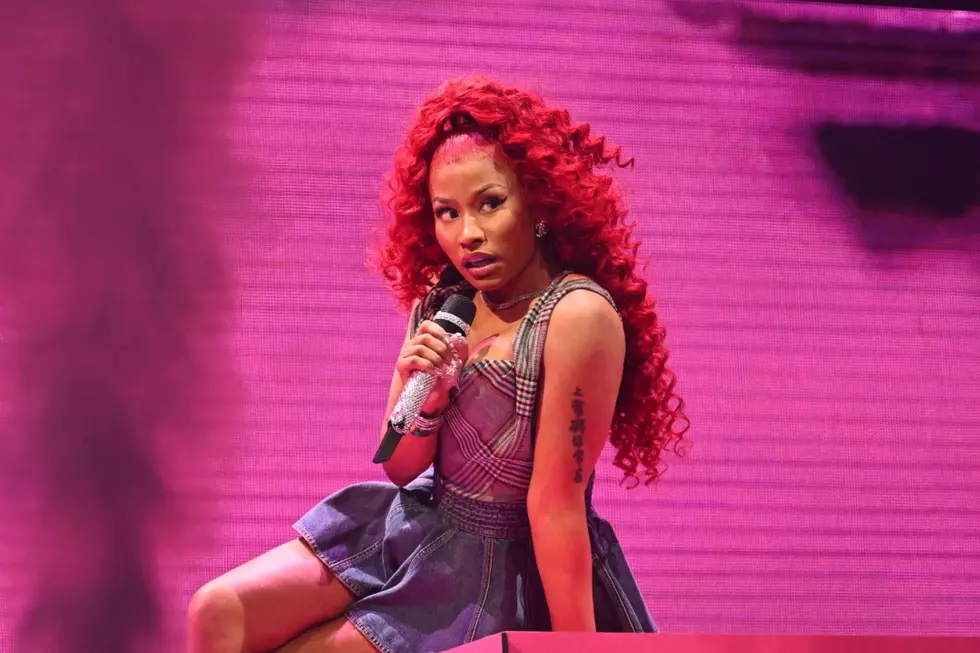![“Get That Money” [Feature From the April 2012 Issue]](http://townsquare.media/site/812/files/2012/03/Ringtones_620x400.jpg?w=980&q=75)
“Get That Money” [Feature From the April 2012 Issue]
**THIS STORY APPEARS IN ITS ENTIRETY IN THE APRIL 2012 ISSUE OF XXL. ON SALE NOW!**
WORDS PAUL CANTOR (@paulcantor)
When a then 17-year-old Deandre "Soulja Boy" Way uploaded "Crank That (Soulja Boy)" to the internet in March of 2007, there wasn’t any real guarantee the song would take off. He had a certain recipe right, though. Easily repeatable chorus? Check. Deceptively simple production? Check. Custom dance to go along? Check. “Crank That” went viral before it became a real-world smash, topping the Billboard Hot 100, selling 5 million ringtones and receiving a Grammy nomination for Best Rap Song. Soulja Boy, who signed a deal with Interscope Records soon after the release of the record, seemed like an overnight success, but in reality his instant fame wasn’t that hard to imagine. Five years ago, one-hit wonders were everywhere. Five years ago, ringtone rap ruled.
“People would say it back then, ‘Oh, you’re a ringtone rapper,” says Soulja Boy. “I didn’t sit down and say, Okay, I'm going to create ringtone rap. I just made music and people just so happened to buy it from the ringtone. After that I said, Okay, this is working. I need to make more music that sound like this.”
You can hardly fault Soulja Boy for trying to duplicate his own magic. In the mid-aughts, ringtone rap was a dominant force, and the formula—chant-style hooks, imitable dances and stripped-down beats composed of little more than 808s and a few stock synthesizer sounds—a proven breadwinner. Regional radio hits, largely from the South, were redefining the landscape in hip-hop. On the Web, YouTube and MySpace supplied a fresh stock of hungry talent for major labels to source their rosters with. Performance-rights organization BMI estimated that ringtone sales rose from $245 million in 2004 to $600 million in 2006. And while digital download sales rose 45 percent from $581.9 million in 2006 to $844.2 million in 2007, album sales dropped 15 percent in that same time period. Albums, those things we listened to on shiny plastic discs, were over. The technology of the day—cell phones, iPods, computers—not to mention more established media like radio and mixtapes, created a perfect storm where anyone with a hot song could catch listeners’ attention for a fleeting moment.
The list of artists who cashed in on the ringtone-rap trend is seemingly endless. Yung Joc (“It’s Goin' Down”), Dem Franchize Boyz (“Lean Wit It, Rock Wit It”), Huey (“Pop, Lock & Drop It”), Shop Boyz (“Party Like a Rockstar”) and Jibbs (“Chain Hang Low”) come to mind. And while Soulja Boy himself had his detractors (in 2008, Ice-T said on a mixtape that SB was “garbage” and that he “single-handedly killed hip-hop”), perhaps no ringtone-rap act drew a line in the sand the way D4L did. The quartet’s 2005 hit “Laffy Taffy” peaked at No. 1 on Billboard's Hot 100, but with its two-note synth melody and stripped-down drum track, it was dismissed as a disposable dance song. Ghostface Killah famously trashed D4L during a 2006 concert, claiming “Laffy Taffy” wasn’t “real” hip- hop while mocking the song’s accompanying dance.
“It was, like, the snap movement,” says group member Shawty Lo. “I didn’t really like ['Laffy Taffy'] at first, but the song was different. I came home [from prison], heard it and seen the way people were reacting to it in the clubs and stuff. People, they like new stuff, and it became one of the biggest songs. I was stuck on album sales; ringtones was new to me. When we did well on those ringtones, it was unbelievable.”
Why songs like “Laffy Taffy” and its ilk sold well as ringtones had a lot to do with how people were consuming mobile music at the time. In the early 2000s, ringtone sales were hampered by the slow speeds of wireless networks and by the devices themselves. Mono and polyphonic ringtones sounded like cheap synthetic reproductions of popular songs. They didn’t sound cool. But then, in the middle of the decade, with the quality of handsets improving, and the speed of wireless networks getting faster, the “mastertone” (essentially just an MP3 of the actual song) became the dominant ringtone format. Now when a person called your phone, you could do a humorous little dance while everyone listened to your ringtone song. “[Ringtones] became a fashion statement,” says Soulja Boy. “Part of the whole culture. When your phone go off, there’s a part of your outfit. That’s a part of you. [‘Crank That (Soulja Boy)’] sounded like a video game. It sounded like something that you want on your phone.”
Like fashion though, certain pieces go out of style, others evolve, and some just eventually begin to appear unnecessary. Ringtone rap fell victim to a similar fate. “Everybody started copying,” says Shawty Lo. “It’s only so long that you can keep people’s attention. All the other artists coming out with different things; you can’t keep on doing the same thing.” Indeed, at a certain point ringtone rappers became indistinguishable. People knew the songs, but didn’t know who made them. Dance rap was a fresh idea when “Laffy Taffy” dropped in 2005, but by 2008 songs like DJ Unk’s “Show Out,” which looked to continue the trend, were formulaic and disposable. Not surprisingly, the market for ringtone rap—the one-hit wonder types, specifically—cratered.
“We sold somewhere in the range of 2.5 million ringtones [of ‘This Is Why I’m Hot,’]” says Mims. “[But] by the time 2008 came in, ringtone music didn’t exist.” Ringtone sales dropped from $714 million in 2007 to $541 million in 2008. And while in 2007 hip-hop artists comprised nine of the Top 10 ringtone downloads for the year, in 2008 only four—T.I. (“Whatever You Like”), Lil Wayne (“Lollipop”), Plies (“Bust It Baby, Pt. 2”) and Flo Rida (“Low”)— broke the Top 10.
Still, there have been popular ringtone-rap songs in the past few years. The GS Boyz’ “Stanky Leg” and New Boyz’ “You’re a Jerk” (both 2009), Cali Swag District’s “Teach Me How to Dougie” (2010) and YC’s “Racks” (2011) are just a few of them, so the genre still exists. But ringtone-selling iPhone apps like SouljaWorld offer a more immersive experience for engaging with an artist’s content, and the novelty of owning a ringtone, least of all a tune that can easily be streamed on VEVO, has worn off.
Mike Caren, executive VP of A&R at Atlantic Records, cites songs like Drake’s “The Motto,” Big Sean’s “Dance (A$$)” and Tyga’s “Rack City” as updates of the formula—club records with minimal sounds—but says ringtone rap served its ultimate purpose. “People quickly learned you can’t build a career off of one song,” he says. “It also reinforced doing ground work and making well-rounded music. It wasn’t a particularly great moment in music to me, but you can’t pretend you still don’t love the sound of a tuned 808 in the club.”
One-hit wonders beware.
More From XXL




